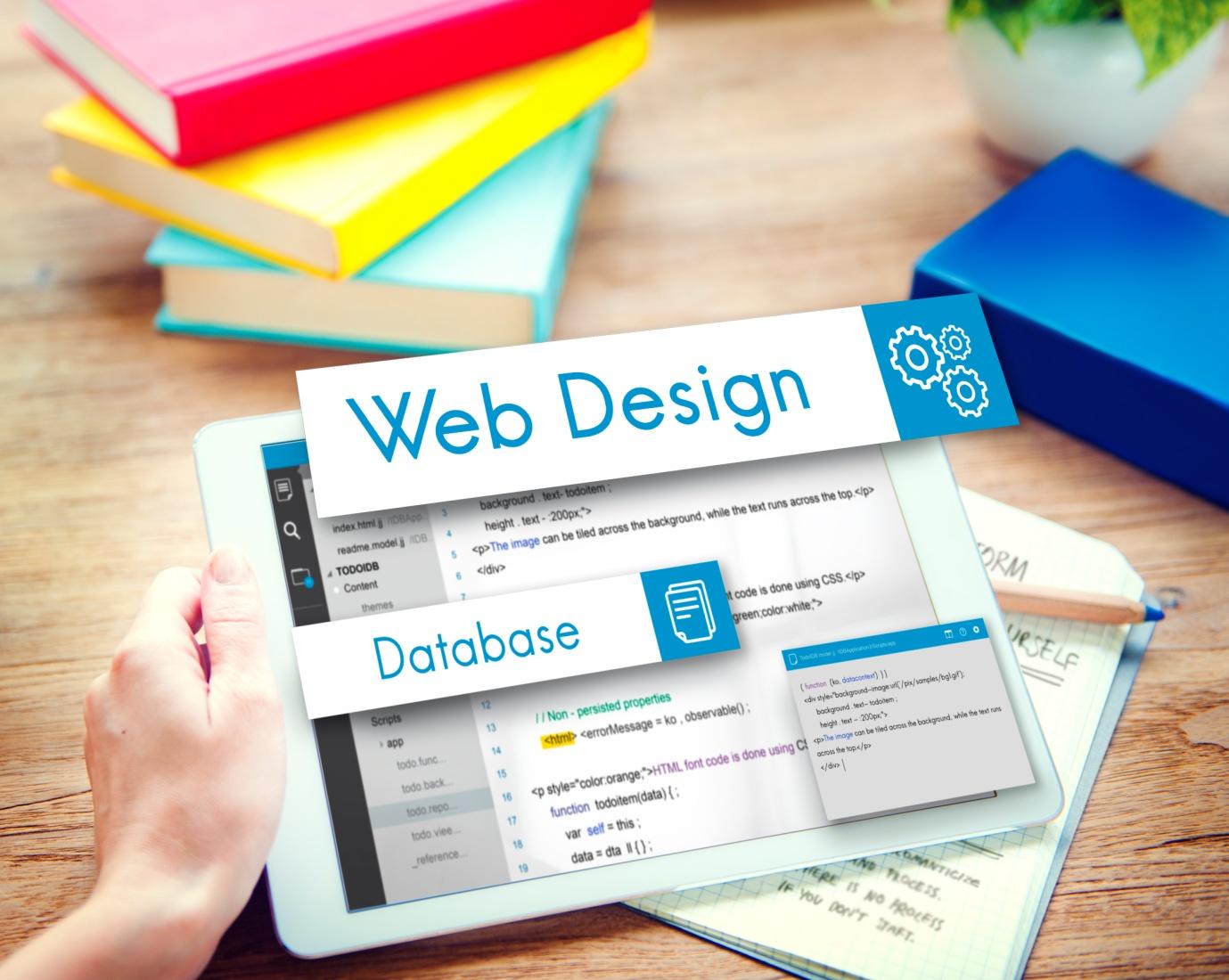
Design and better user experience are the keys to a successful website. Designers and developers constantly seek to create user-friendly and engaging website and app development services. Many times, one important element that is neglected or overlooked is micro-interactions. These elements can significantly enhance the user experience by providing feedback, guiding users, and creating a connection that keeps visitors hooked for a long time. Let's indulge in more to learn more about micro-interactions.
What is Micro-interactions?
Microinteractions are a good source for branding. They are small connections where the user and the design interact, and when designed well, they enhance the user experience. If the design is not up to mark, then it can damage the user experience.
Micro-interactions are animations or feedback that appear on a website or app. They can significantly improve user experience by delivering visual cues and responsiveness. The four main parts of micro-interaction are trigger, rule, feedback, and loops. They might be small, but they can change the whole experience on a website. With their help, a website or its products can be more engaging and efficient, attracting people more to the website.
Who doesn't love to explore a website that has a unique design and is engaging? These small elements can play a big role in engaging any website user. Before, it was a little difficult for Ecommerce website developers to add these elements without any tools, but now, it is possible to align interactions easily with the website design. For instance, a swipe animation, button hover effects, or pull-to-refresh animation is a micro-interaction.
Impact of Microinteractions in Web Development
Micro interactions have many impacts on web design and development. Here are some of the ways they can improve the user experience:
Guiding Users
Microinteractions can assist visitors in navigating a website by guiding them through the interaction and comprehension of various aspects. A hover effect on a button, for example, implies that you may click on it, but a loading animation informs the user that the website is still loading. These microinteractions are small hints that help users explore websites more effortlessly and effectively.
Providing Feedback
It also helps users provide visual feedback, which allows them to know that their actions have been acknowledged and are in process. For example, when a user clicks a button, a subtle animation or colour shift can imply that the button has been pressed. This feedback helps the users stay in control and feel more confident about their interactions with the website.
Creating a Connection
Microinteractions can help users engage with the website, making the whole experience more engaging. For example, a funny or entertaining animation may give personality to any app or website, whilst a seamless transition between pages can result in a more coherent and polished experience.
Enhancing Usability
By decreasing the cognitive hurdle, microinteraction can also enhance a website's usability. For example, a form validation message can inform the user immediately if they have entered incorrect information rather than waiting until they submit the entire form. This helps users finish their tasks earlier and more quickly with fewer errors.
Wrapping Up:
The best part of including micro interactions in any website or app is to increase user empowerment and engagement. An enjoyable experience means more than just usability—it needs to be engaging, and that's where micro interactions can play a macro role by simply contributing to the look and feel of a service or product. Micro-interactions can improve a product's user experience by encouraging engagement, providing error prevention, displaying system status, and communicating the brand. However, nowadays, these new micro interactions require more effort and thought to create a meaningful, well-designed experience for users. Want to know more about website design and development services? Get in touch with Social Ravel, the master of web development services in the market.



